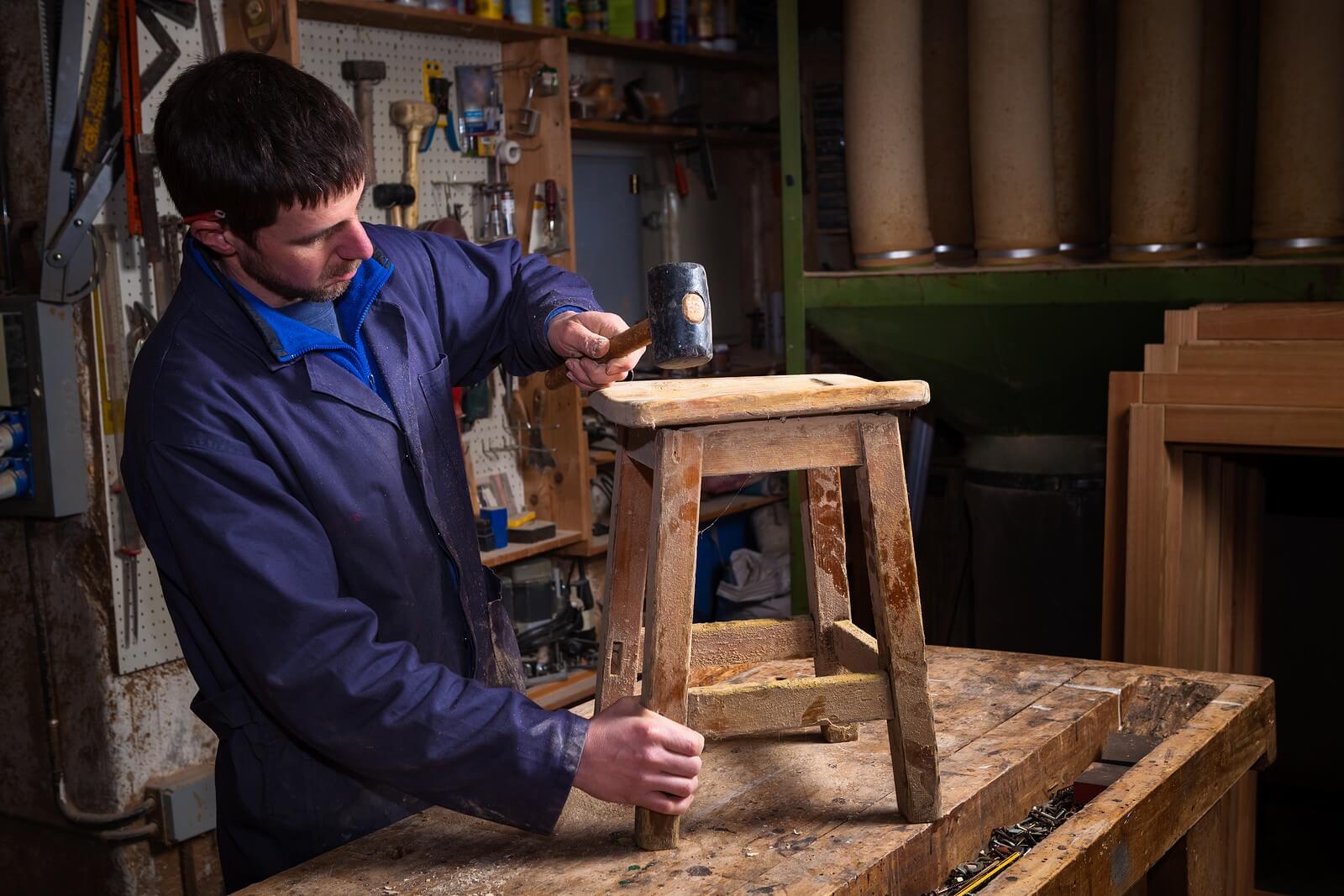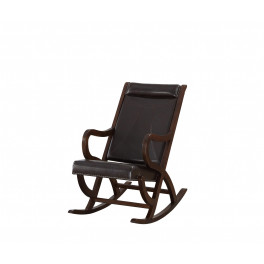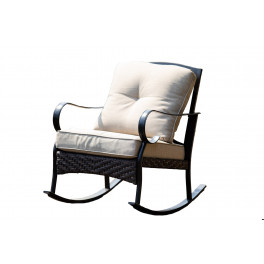Refurbishing old furniture can seem a little risky if you have a strong emotional connection to the piece. However, items that have been passed through generations are certainly worth saving, wouldn't you agree? Luckily, there are some great ways to repurpose old furniture and still leave its antique aesthetic intact.
The Veneer
Often, wooden furniture isn’t entirely made of real wood. In many cases, it's particle-board covered in a thin, paper-like veneer, which is designed to resemble a wooden surface. If the vintage furniture you're trying to save has been built with these materials, it unfortunately may not be possible to refinish it for further use. The wear and tear of the current veneer will determine what is possible during your restoration process.
If the surface is in good condition, fix small imperfections by sanding and painting your furniture in a color of your choice. You may be wondering about staining these items, which is popular restoration technique. However, when dealing with veneers, painting is preferable to staining. Most veneers are too thin to hold a good stain. A bad refinish can severely diminish the value of an antique piece. When we reference ‘value,’ we are referring sentimental value as well as market price. It would be devastating to harm an important heirloom accidentally. If the potential for damage to the item is significant, it is always best to reference a furniture expert before trying to refinish it yourself.
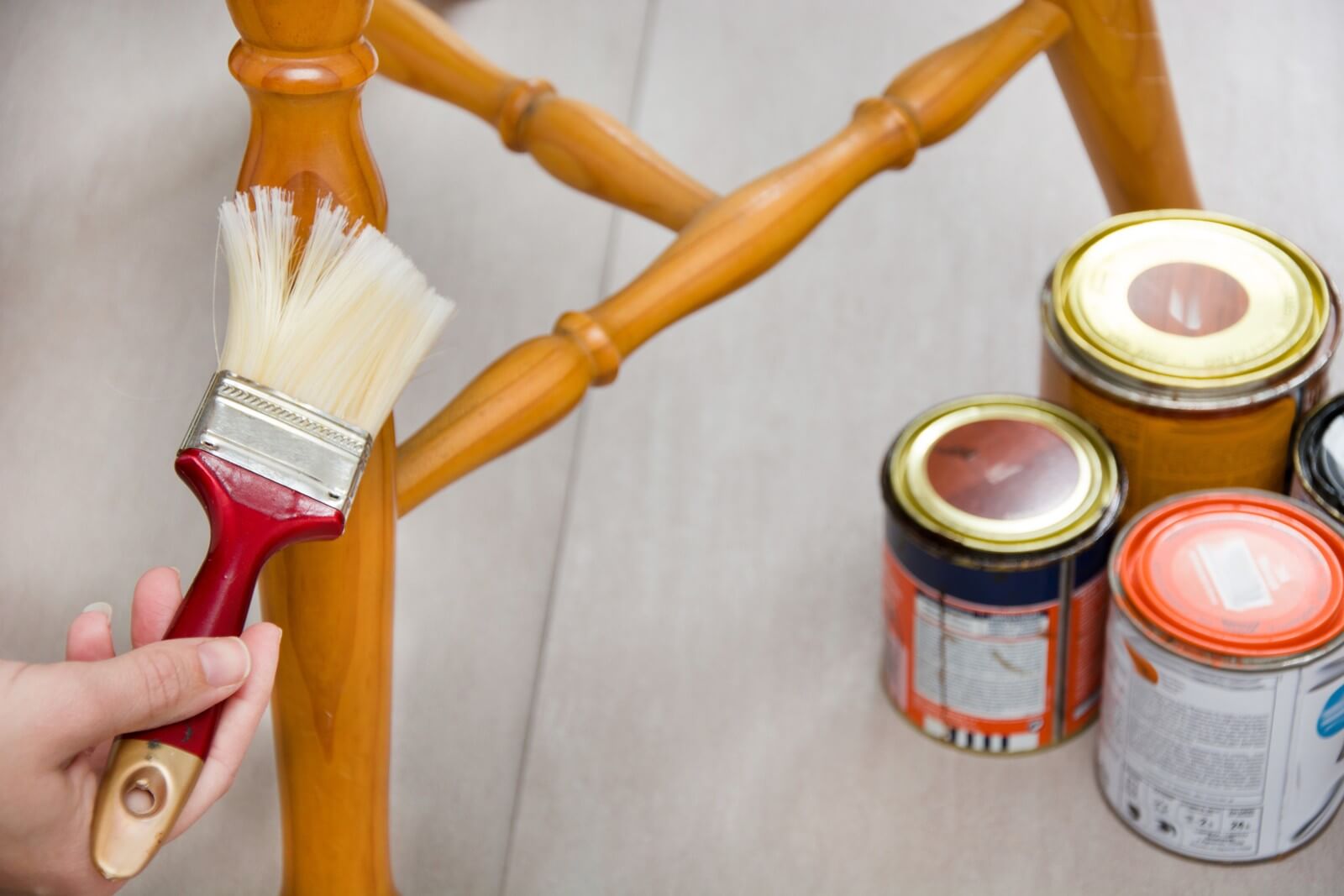
Photo by David Cabrera Navarro on Dreamstime
The Wood
Wood is far easier to refinish than veneer-covered furniture. If you have an older piece of wood furniture, simply apply a paint or stain color. When choosing one or the other, keep in mind your vision and how you plan to use the vintage furnishing. If you are repurposing a piece for kitchen use, keep in mind that paint will bubble if it comes in contact with hot surfaces. A table or cabinet in high-traffic areas may wear and tear more than normal. The refinishing options you choose should make your furniture more adaptable to their new place in your home.
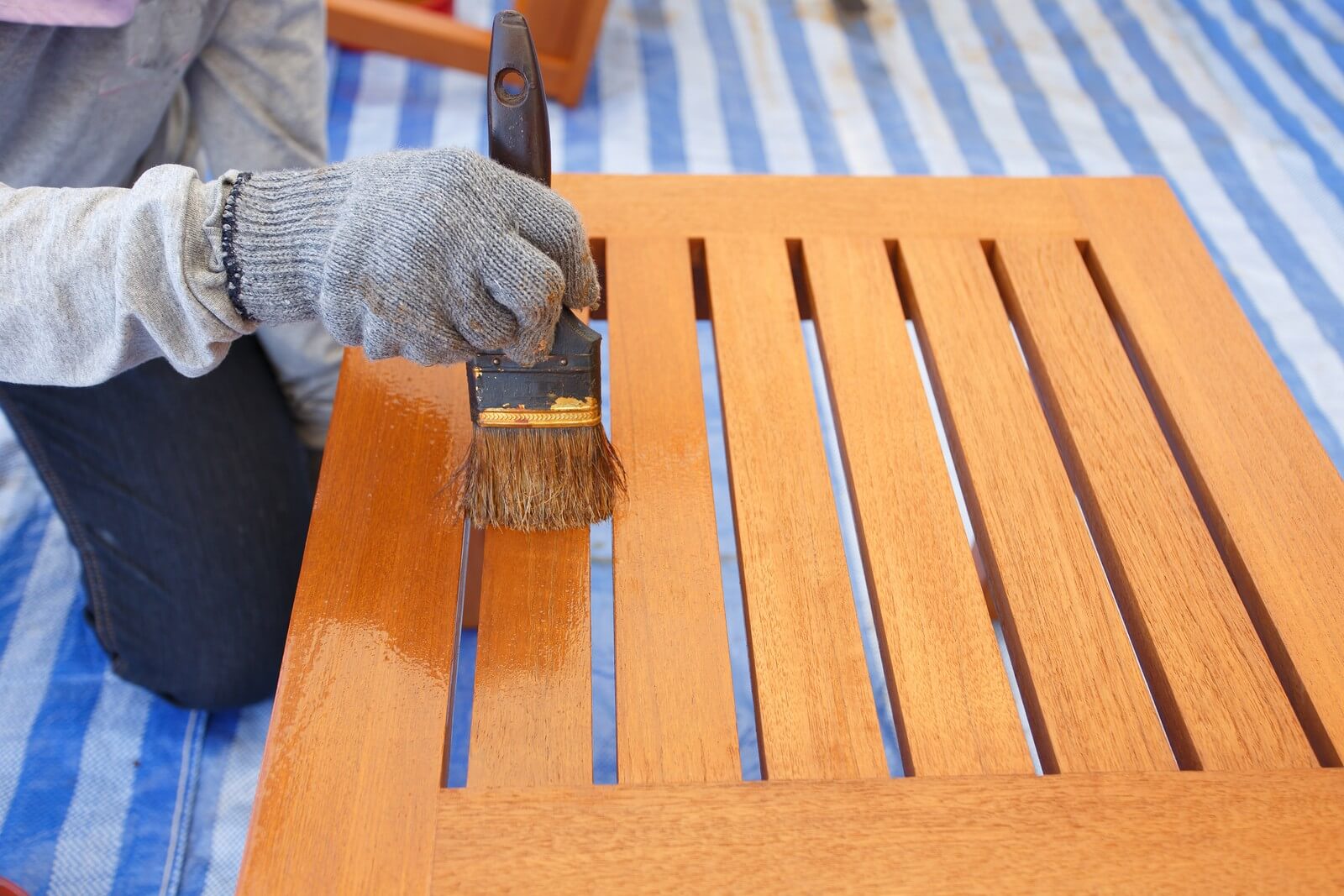
Photo by Piyawat Nandeenopparit on Shutterstock
Specialty Finishes
Stains and paints are basic finishes for your antiquing projects, but there are other finishes that will give your items an interesting look. A crackle finish will add to the vintage style of the item you’re repurposing. It makes materials look aged and worn. Sponge painting will add some texture to your items and lets you experiment with different colors. If you’re working with metal materials, rust paint will further its antique style by giving it a bronze appearance after letting it sit for 15 minutes. If you’re looking to completely refurbish your pieces for a more modern look, you can try sanding, painting with simple paints, and finishing with a clear gloss. Professionals will also help in making antique furniture look brand new.
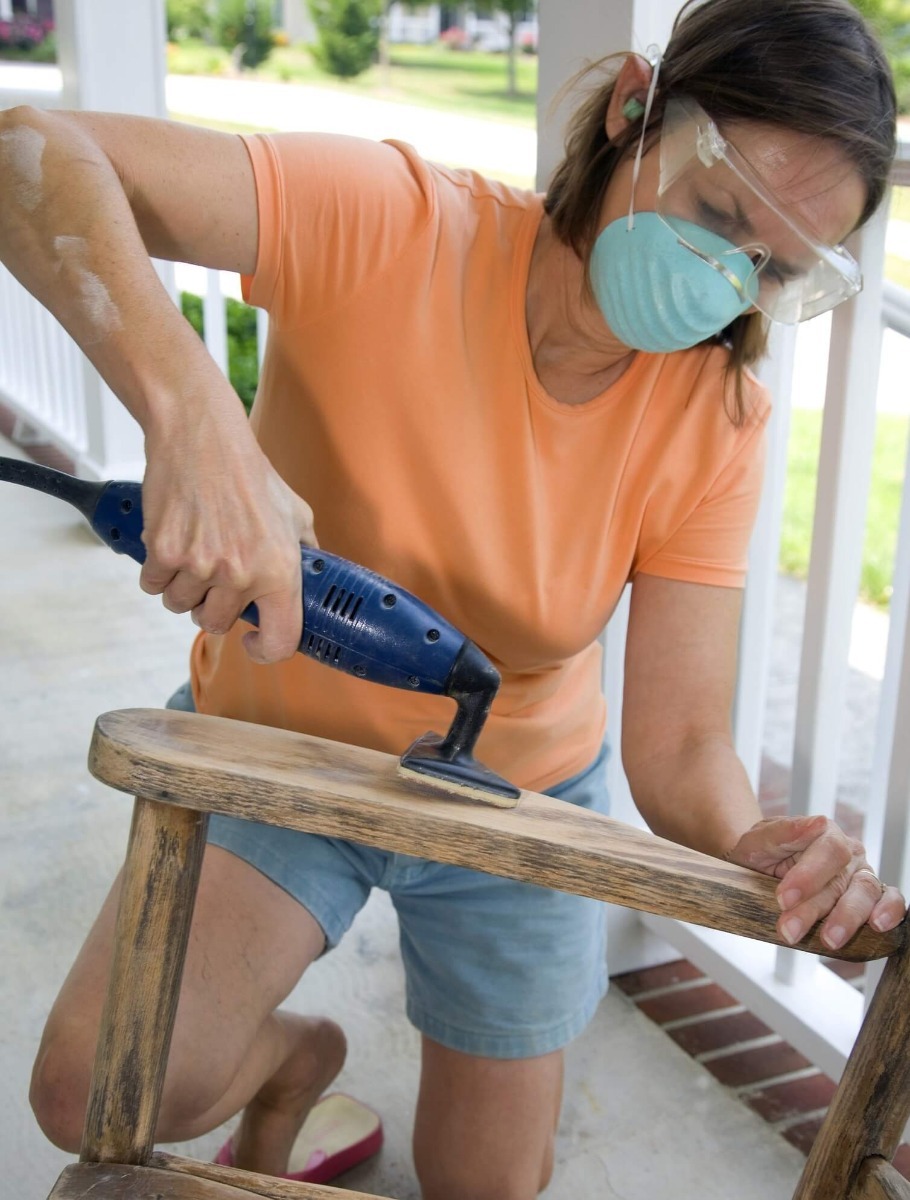
Photo by David B. Petersen on Shutterstock
Innovative finishes allow you to play with depth and texture, making your vintage pieces even more unique and special. House Tipster has many DIY ideas and instructions when it comes to repurposing throughout our website. However, be cautious as you commit to using these options. They are distinct and hard to undo, similar to refinishing veneer.
